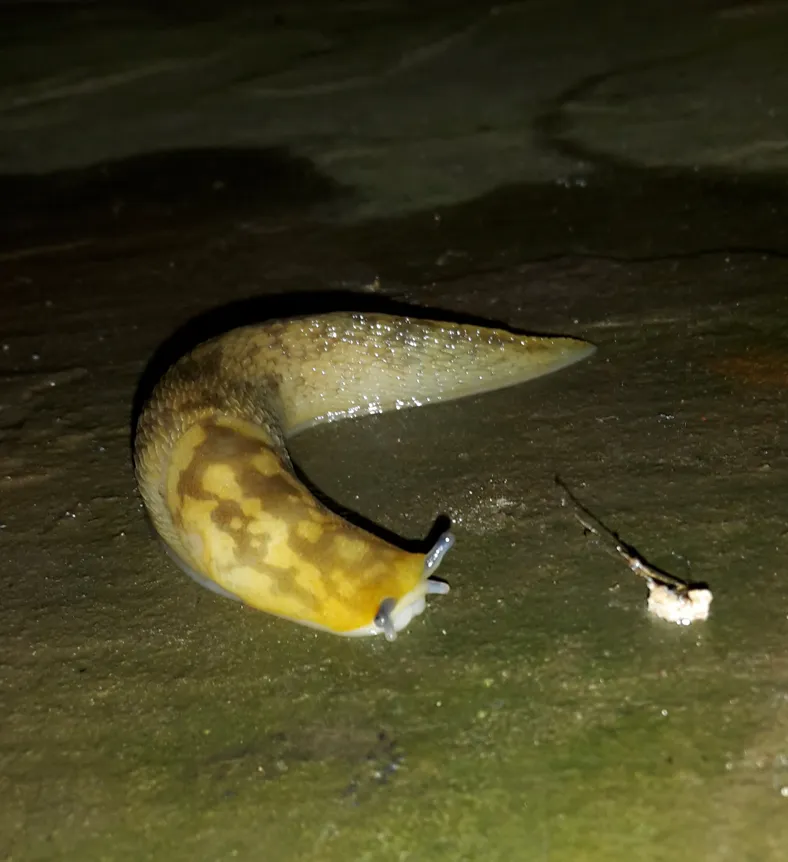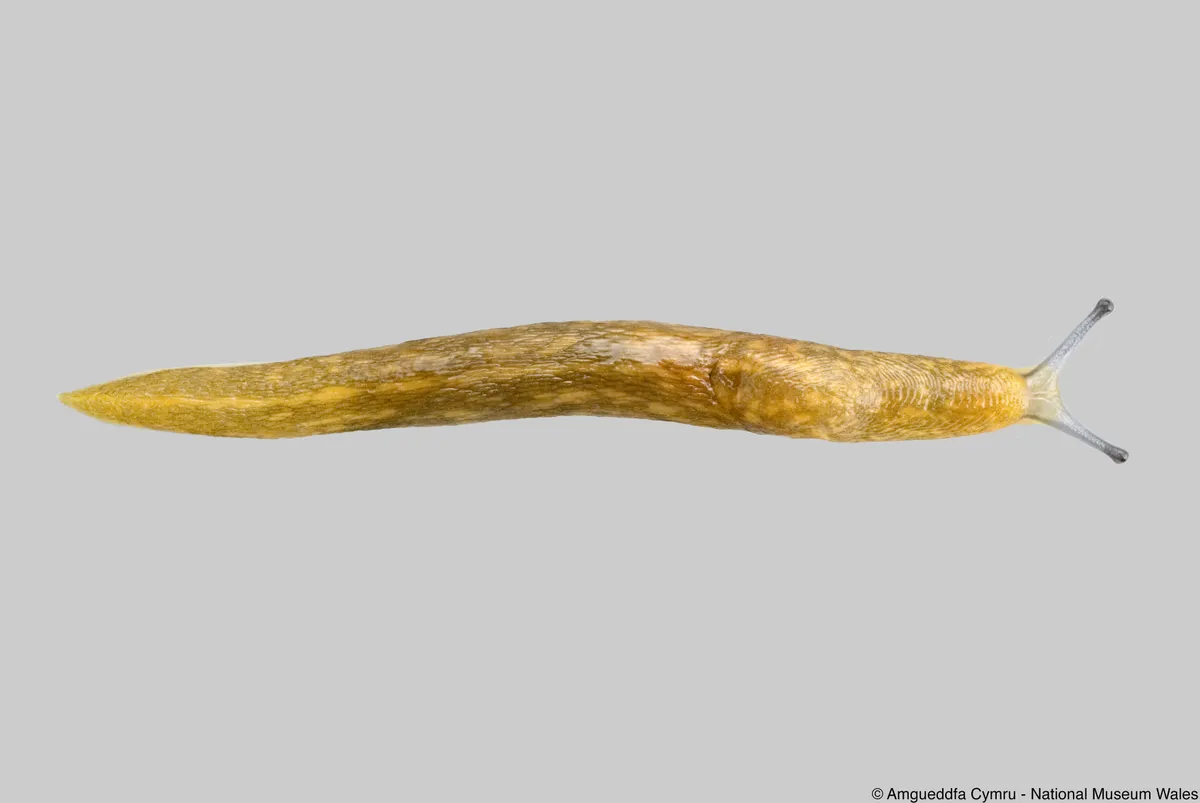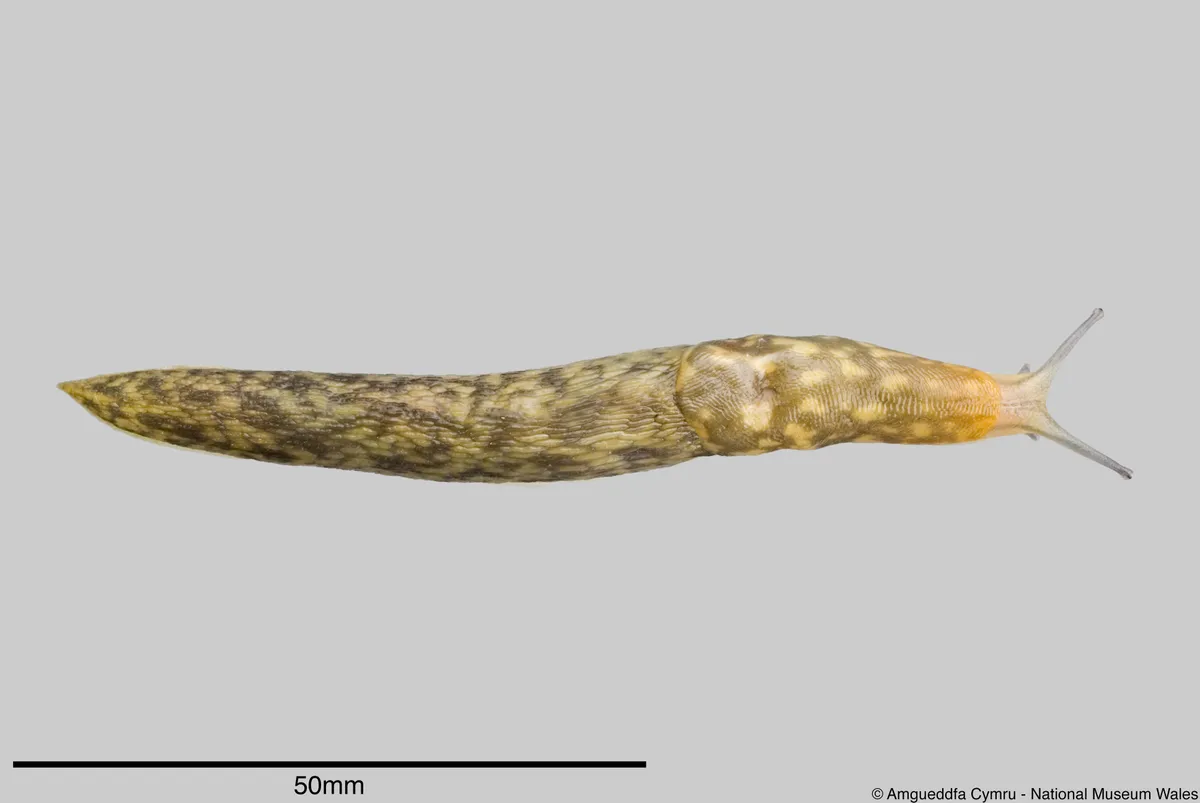The RHS Cellar Slug Hunt is being used to help the charity locate a beneficial garden slug that could be on the verge of extinction in the UK.
The yellow cellar slug has been in the UK for more that 130 years and feeds on decaying plants without harming live plant material.
“Of the 44 species of slug known to exist in the UK only nine are serious pests,” says Imogen Cavadino, a research assistant at the RHS.
“Slugs are a valuable part of the garden ecosystem because they serve as an important food source for birds, hedgehogs and other garden visitors. A garden without slugs and snails would certainly be a different place, and understanding the prevalence of some species is important in protecting them for the future.”

Numbers of the yellow cellar slug dropped sharply following the arrival of a competitor species – the green cellar slug, which found its way here in the 1970s.
Both slugs have large, green-and-yellow patterned bodies, but only the yellow cellar slug has the characteristic, yellow stripe along its tail.


As these slugs are nocturnal, the RHS is inviting people to take a night-time stroll around their gardens to record the slugs they find using the RHS slug ID guide and adding their findings to the RHS iRecord page.
